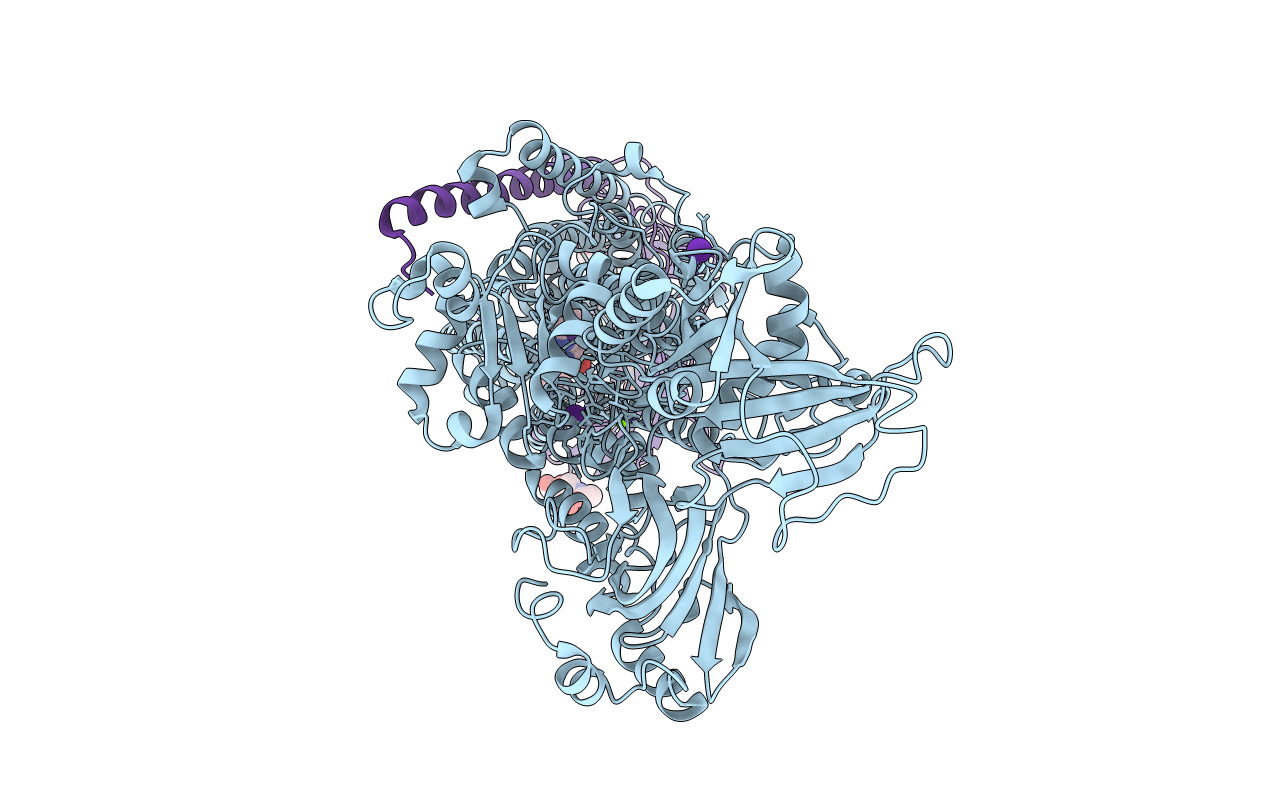Abstact
The gastric H+,K+-ATPase mediates electroneutral exchange of 1H+/1K+ per ATP hydrolysed across the membrane. Previous structural analysis of the K+-occluded E2-P transition state of H+,K+-ATPase showed a single bound K+ at cation-binding site II, in marked contrast to the two K+ ions occluded at sites I and II of the closely-related Na+,K+-ATPase which mediates electrogenic 3Na+/2K+ translocation across the membrane. The molecular basis of the different K+ stoichiometry between these K+-counter-transporting pumps is elusive. We show a series of crystal structures and a cryo-EM structure of H+,K+-ATPase mutants with changes in the vicinity of site I, based on the structure of the sodium pump. Our step-wise and tailored construction of the mutants finally gave a two-K+ bound H+,K+-ATPase, achieved by five mutations, including amino acids directly coordinating K+ (Lys791Ser, Glu820Asp), indirectly contributing to cation-binding site formation (Tyr340Asn, Glu936Val), and allosterically stabilizing K+-occluded conformation (Tyr799Trp). This quintuple mutant in the K+-occluded E2-P state unambiguously shows two separate densities at the cation-binding site in its 2.6 Å resolution cryo-EM structure. These results offer new insights into how two closely-related cation pumps specify the number of K+ accommodated at their cation-binding site.



